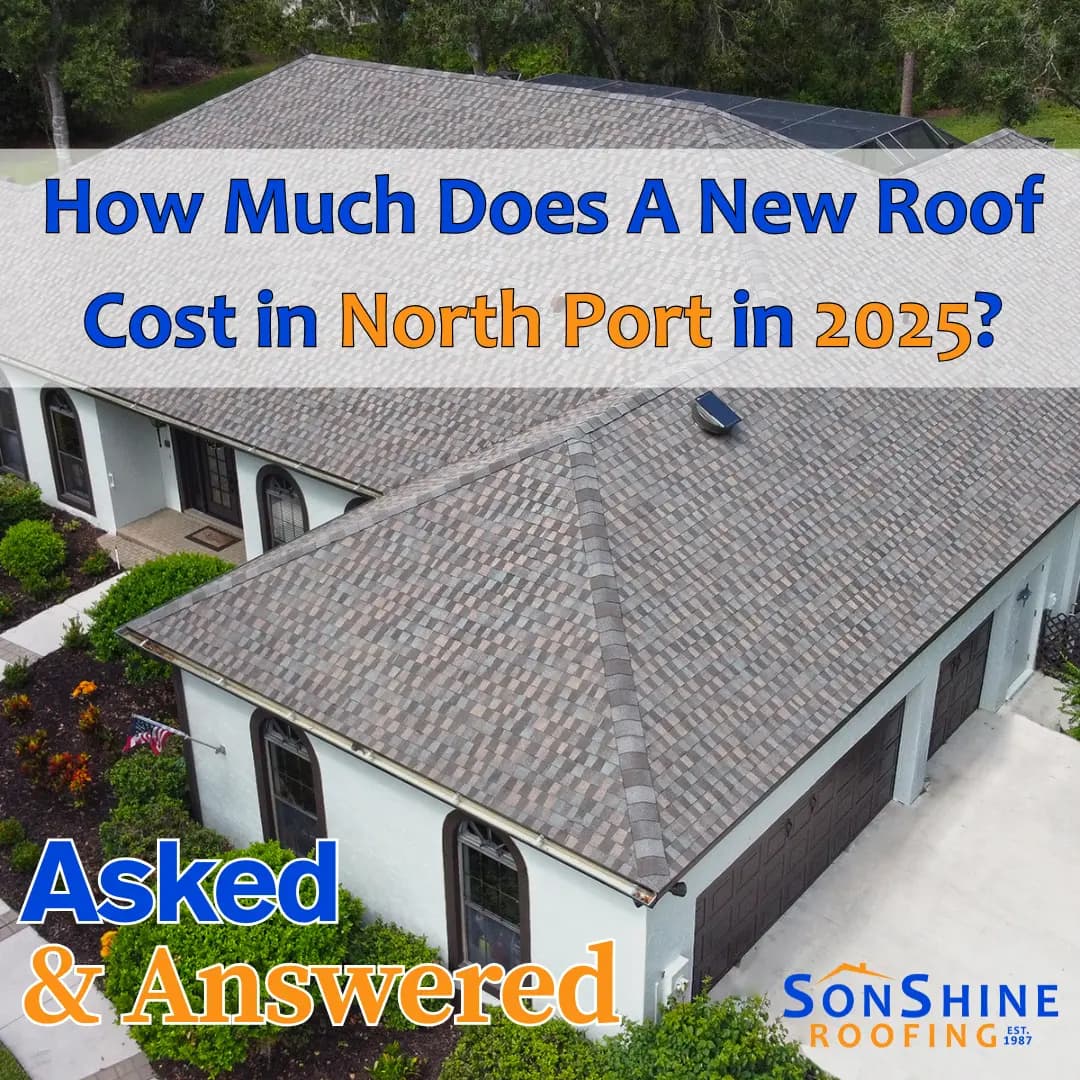Bad Roof? Common Signs You Need a Roof Replacement
Your roof isn’t just there for looks—it’s essential for protecting your home from moisture, heat, and the elements. A bad roof can compromise energy efficiency and structural safety. If you notice issues, don’t delay. Here are the most common signs that you need a roof replacement.
Signs You Need a New Roof
- Missing Shingles: Gaps expose your home to the elements.
- Curled or Cracked Shingles: Often caused by sun and moisture damage.
- Moss Growth: Retains moisture and weakens structure. Learn safe removal methods.
- Rising Energy Bills: Poor insulation due to compromised roofing.
- Light in the Attic: Indicates potential holes or gaps.
Factors That Affect Roof Lifespan
- Precipitation: Rain and humidity accelerate wear. Regular maintenance helps reduce damage.
- Sunlight: UV rays dry out and degrade shingles. Consider reflective coatings.
- Maintenance: All roofs need it—especially wood shakes and older shingles. Learn more in our guide to roof maintenance.
Dealing With a Bad Roof?
If you’re seeing any of these signs, don’t wait until it’s too late. Contact SonShine Roofing for a professional inspection and expert roof replacement in Sarasota, Florida.













